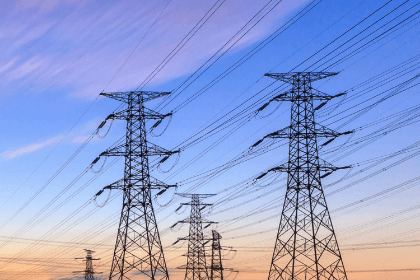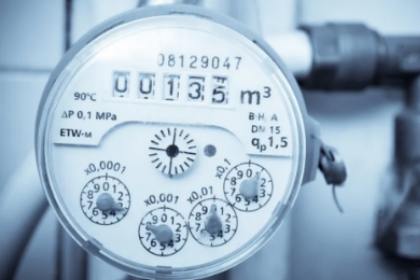- Applications
- Products
- Support
- About HiSilicon
Search
No Result
海思HPLC通信-新型电力系统首选技术 | 海思

Clean
Low Carbon
Intelligent
Lack of coordination can hinder the quality and stability of new energy power systems.
Power line devices are walled off from each other, and lack integrated communications and network controls, which necessitates the transition toward intelligent, connected, and all-sensing networks.
New energy access can lead to power grid overload, and therefore management and control of off-peak power consumption and coordinated charging are major pain points.
HPLC
Dual-Mode
Frequent data
collection
Minute-level data collection (in real-time) The use of dual-mode and multi-channel boosts network bandwidth and expands the scope of available real-time services, such as real-time bidirectional resource-load interactions and controls, electricity spot market transactions, and PV power generation status monitoring.
Power outage
reporting
through
crosstalk
Allows for real-time data collection and power outage reporting via dual-mode and multi-channel, with accuracy of 99.9%
Network expansion
Focus on meter
reading
scenarios
Covers a wide range of scenarios, including meter reading, multi-function meters, circuit breakers, switches, charging piles, sensors, and smart box locks
Broader
connections
Less power
consumed
Enhanced
performance
More secure
In-depth
applications
The HPLC solution has inspired the construction of a new power system in Henan province. Large-scale onsite tests in Kaifeng Lancao, Henan Province, reveal that HPLC has boosted data collection frequency from every 5 minutes to every minute, and resulted in a collection success rate of over 99%, without need to replace existing collection devices. The HPLC minute-level data collection solution meets the need for real-time data collection, making it easier for electric power customers to develop a diverse array of services, and coordinate grid-connected PV modules.
Recommended
Follow US
Contact Us
-
Shanghai
Room 101, 2 Hongqiaogang Road, Qingpu District, Shanghai
+86 755 28780808
support@hisilicon.com
-
Shenzhen
New R&D Center, 49 Wuhe Road, Bantian, Longgang District, Shenzhen
+86 755 28780808
support@hisilicon.com
This site uses cookies. By continuing to browse the site you are agreeing to our use of cookies. Read our privacy policy



